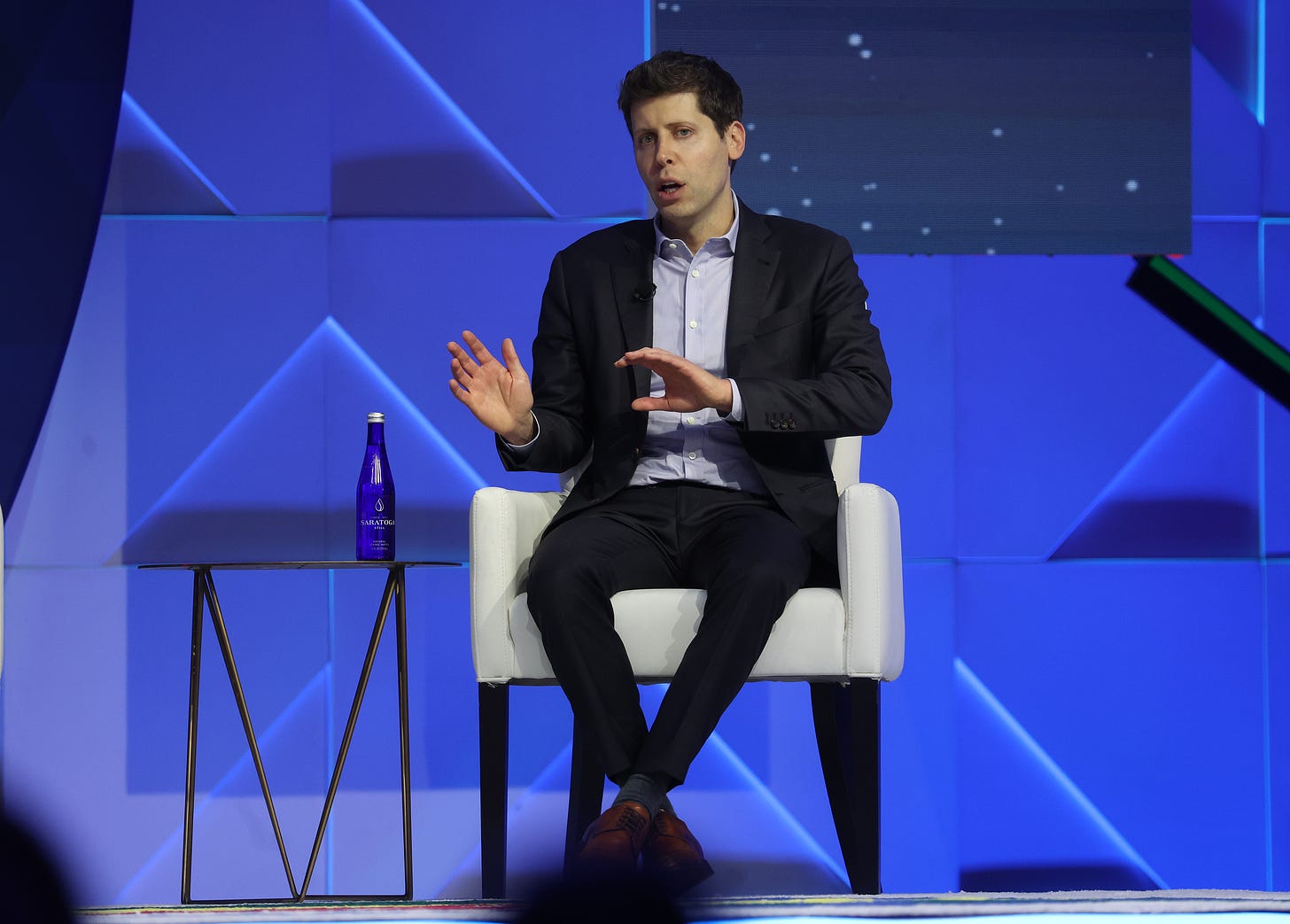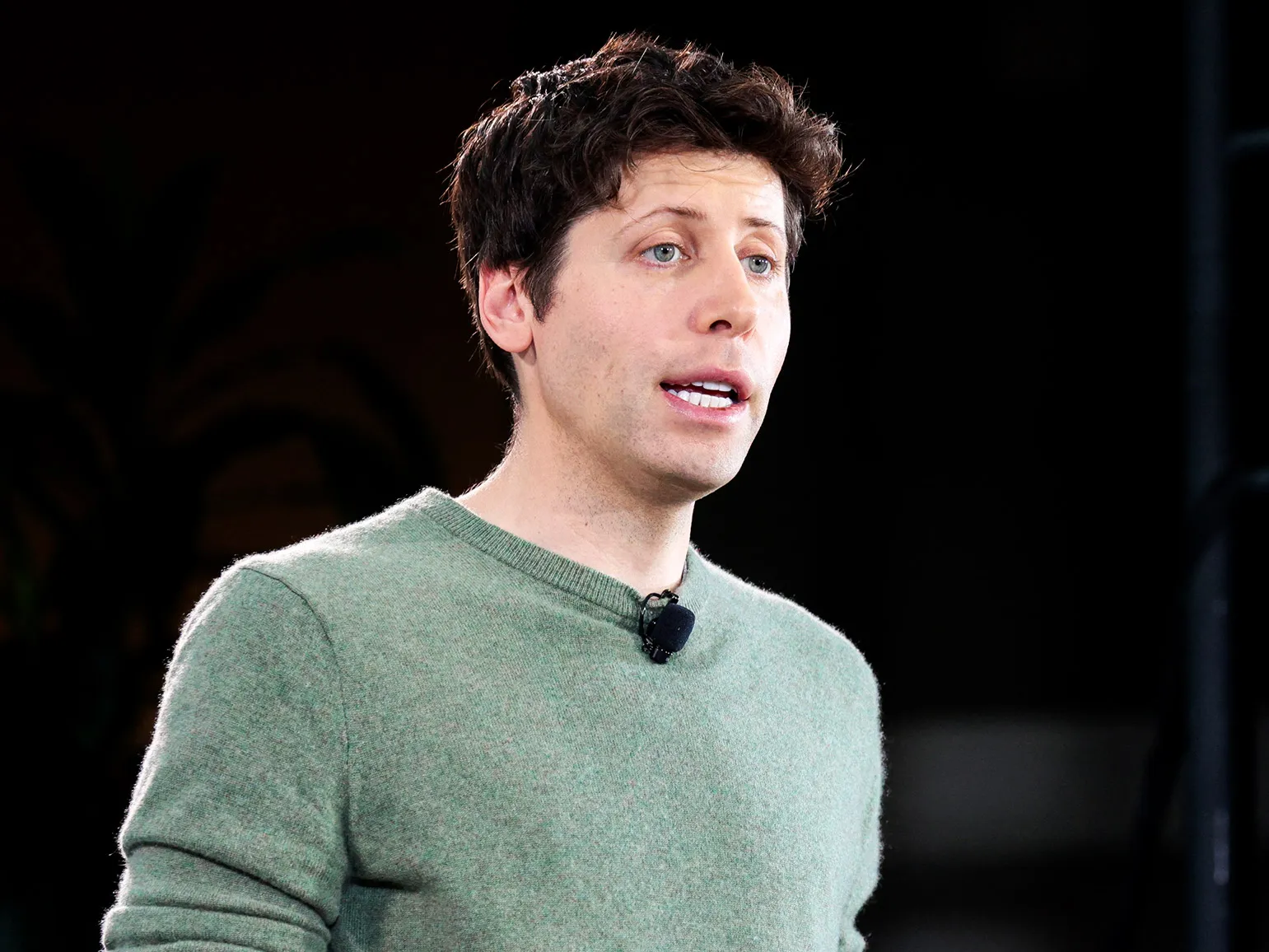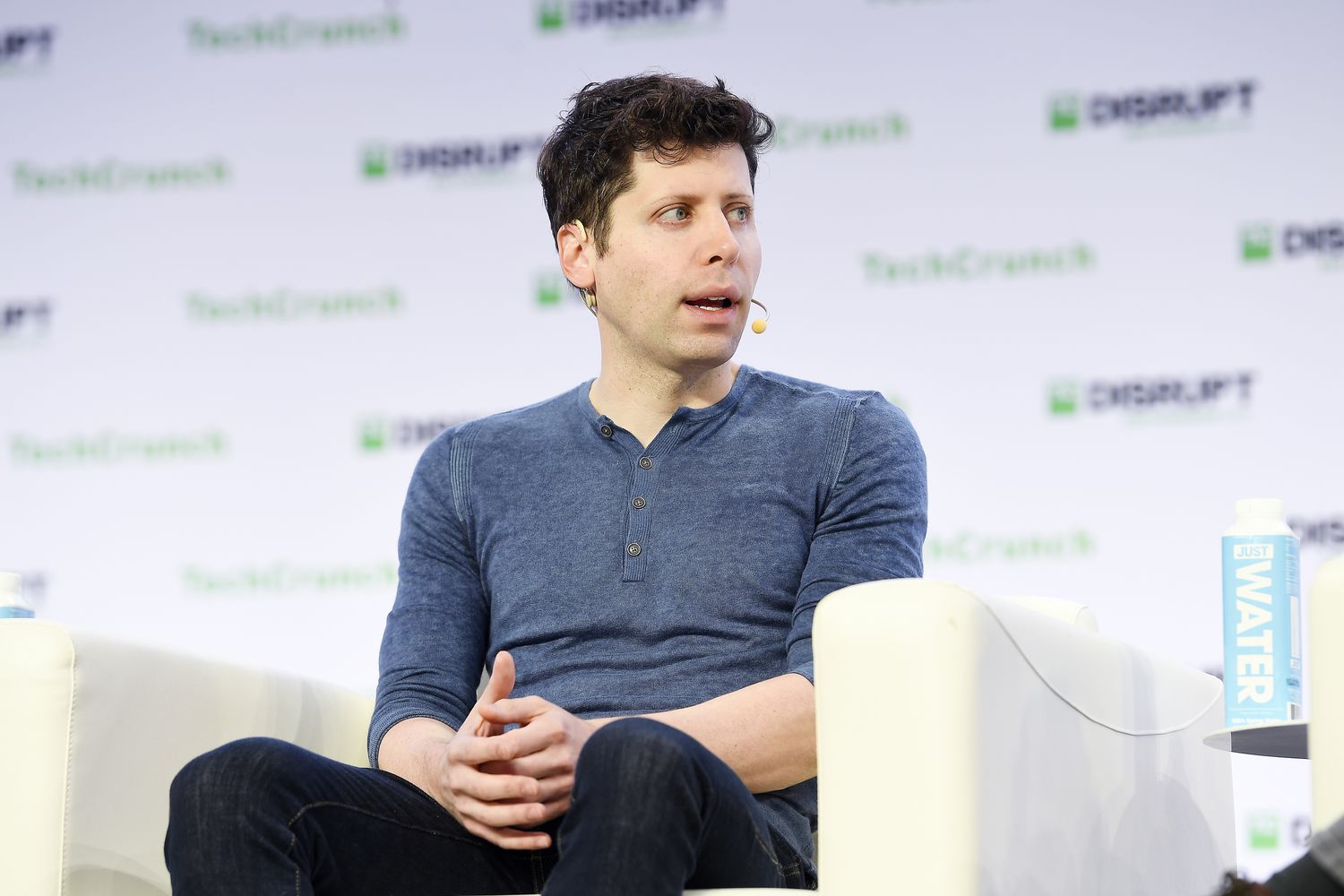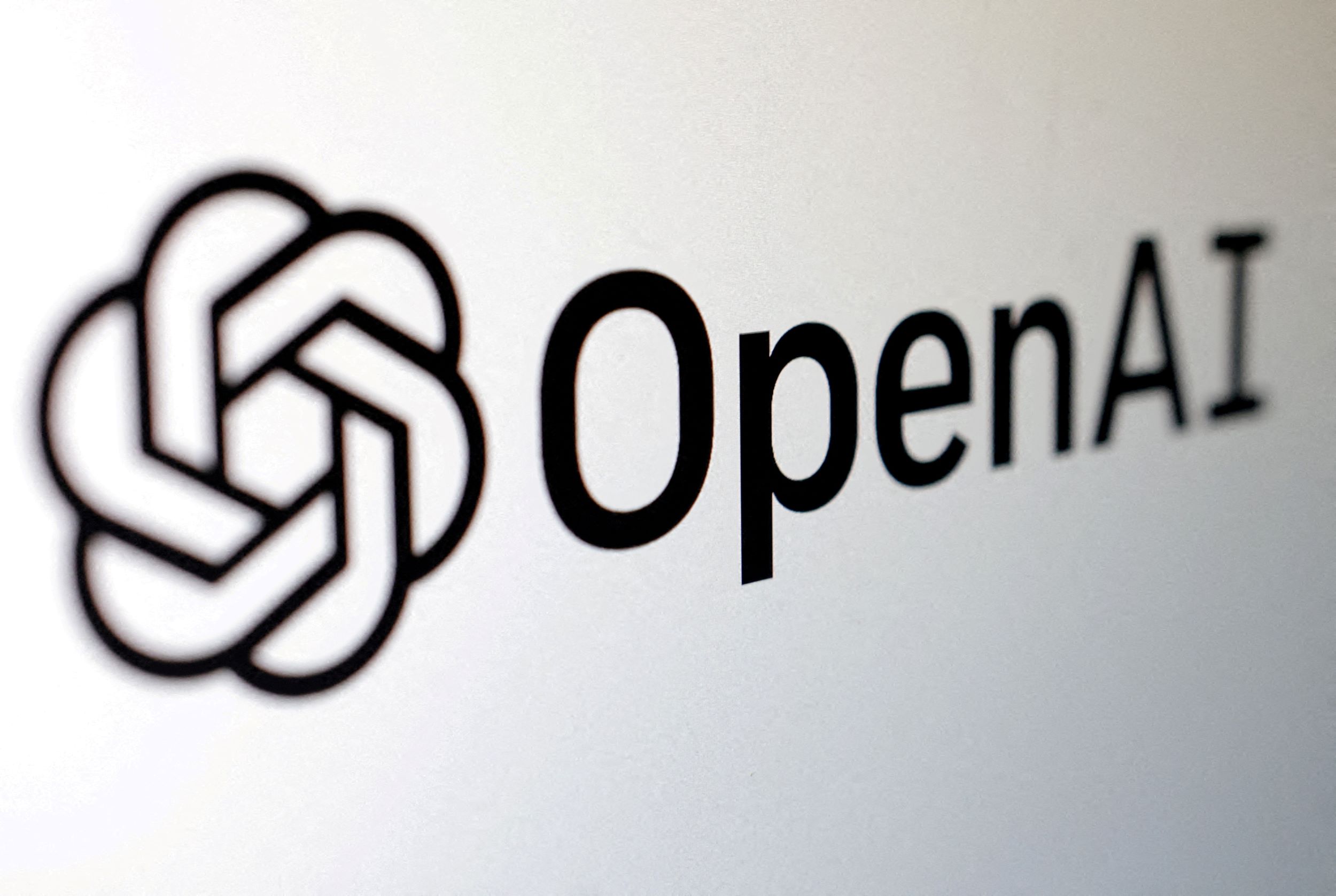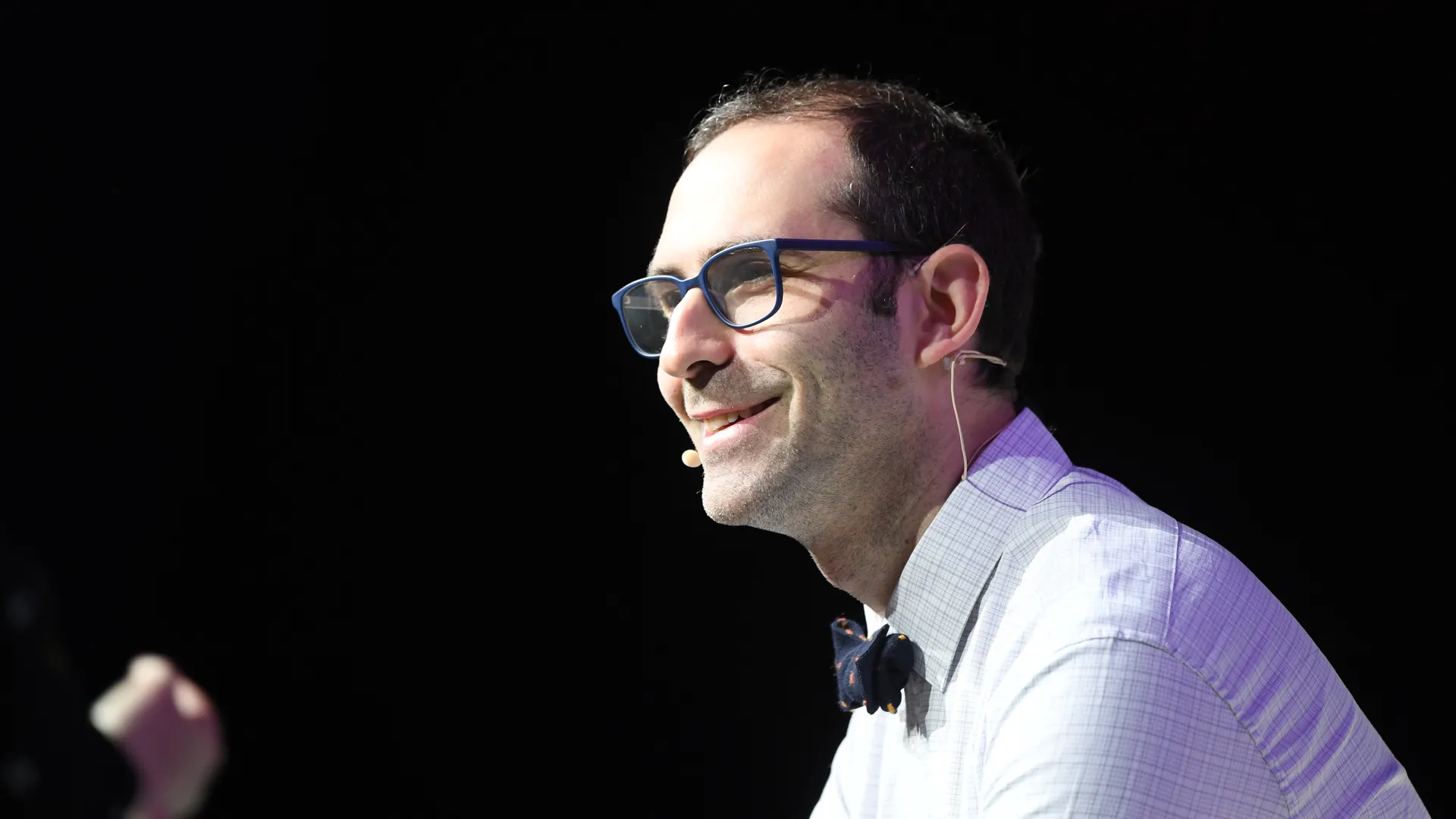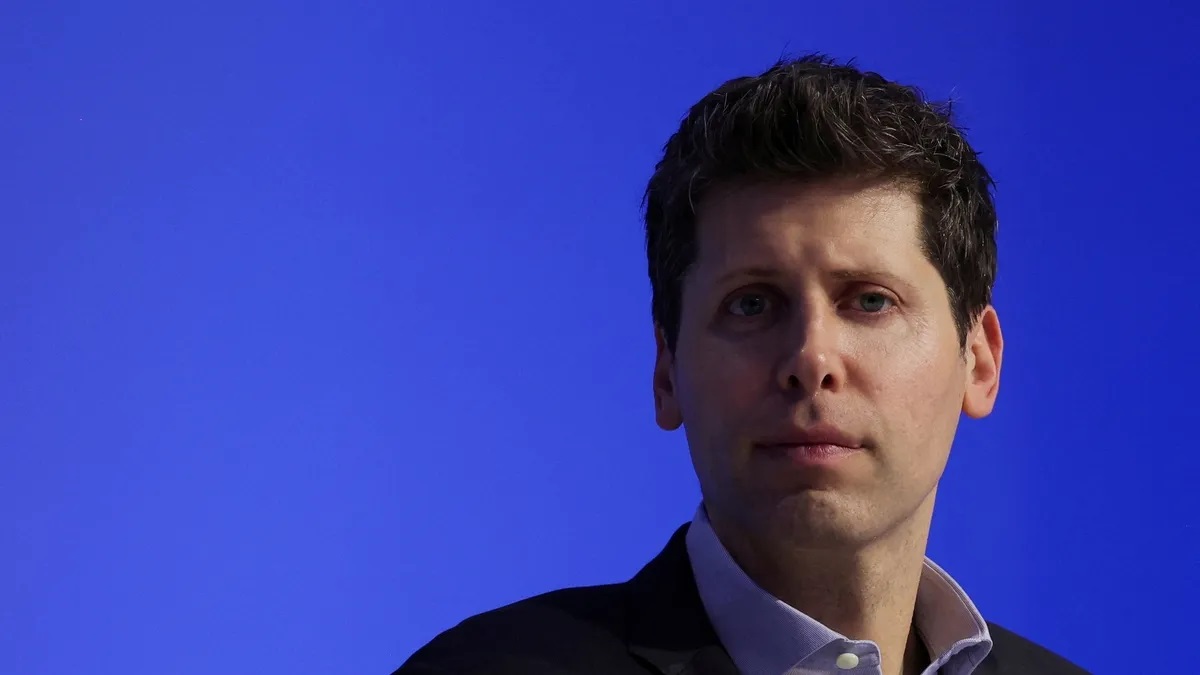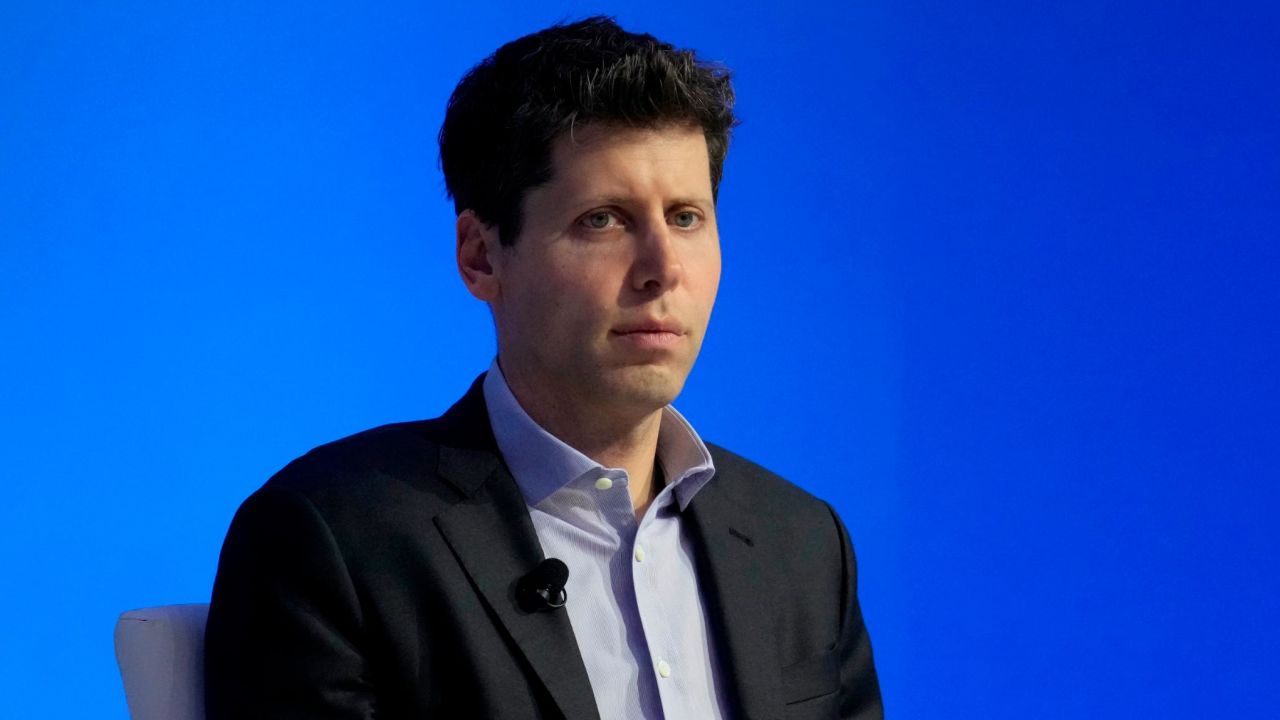OpenAI, the organization focused on advancing research and development in artificial general intelligence, recently faced internal turmoil that led to the ousting of CEO Sam Altman. The situation has shed light on the structure and dynamics of OpenAI’s board, offering important lessons for founders and board members alike.
Key Takeaway
OpenAI’s recent board upheaval underscores the importance of carefully considering and managing board structure as a founder. Founders should choose their board members thoughtfully, establish clear expectations, implement term limits, and ensure alignment with the organization’s long-term vision to prevent conflicts and maintain a healthy working relationship.
The Board Structure: A Cause for Concern
OpenAI’s unusual board structure raised eyebrows and questions about its effectiveness. The organization’s nonprofit arm had complete control over the for-profit holding company, giving it the power to remove Altman from his position without proper notice to him or the investors. Essentially, OpenAI is a tax-exempt charity wrapped around a holding company, which owns a majority stake in the for-profit side, with Microsoft as a minority owner.
While OpenAI’s origin story is well-known, with the organization raising funds from investors and creating a for-profit subsidiary, tensions seemed to arise between the for-profit efforts and the mission-driven nonprofit board. As OpenAI gained popularity, struck brand deals, and sought significant valuation, the board may have felt that these commercial complexities conflicted with the company’s stated objectives.
The Consequences of Vision Misalignment
This situation is not uncommon in the for-profit sector. When vision misalignment occurs between board directors and CEOs, conflicts can arise. Nonprofit entities prioritize serving the public good, but this commitment faces challenges during periods of hypergrowth and with diverse investor objectives. Boards that become overly controlling or act with self-interest can impede progress and potentially cause severe damage to the organization.
OpenAI’s structure created several overlapping problems and raised important questions. Does a for-profit company in a tax-exempt shell truly serve the good of humanity if it doesn’t contribute to shared public goods and services? How does a board judge whether a company is acting in the interest of humanity, and what power do they have to enforce those interests?
The Fallout and Lessons Learned
The latest update reveals that Microsoft wants Altman to work for them, and the majority of OpenAI employees have signed a petition to quit if he doesn’t return. The fate of OpenAI’s board remains uncertain. This situation serves as a cautionary tale for founders and board members alike.
McKeever Conwell, founder of Rarebreed Ventures, highlights that founders often do not pay attention to their board structure until a crisis occurs. To avoid such situations, it is crucial for founders to meticulously choose their board of directors, establish clear expectations, impose term limits, and diligently ensure alignment with the organization’s long-term vision. These measures can help prevent conflicts and maintain a harmonious relationship between the board and the CEO.







